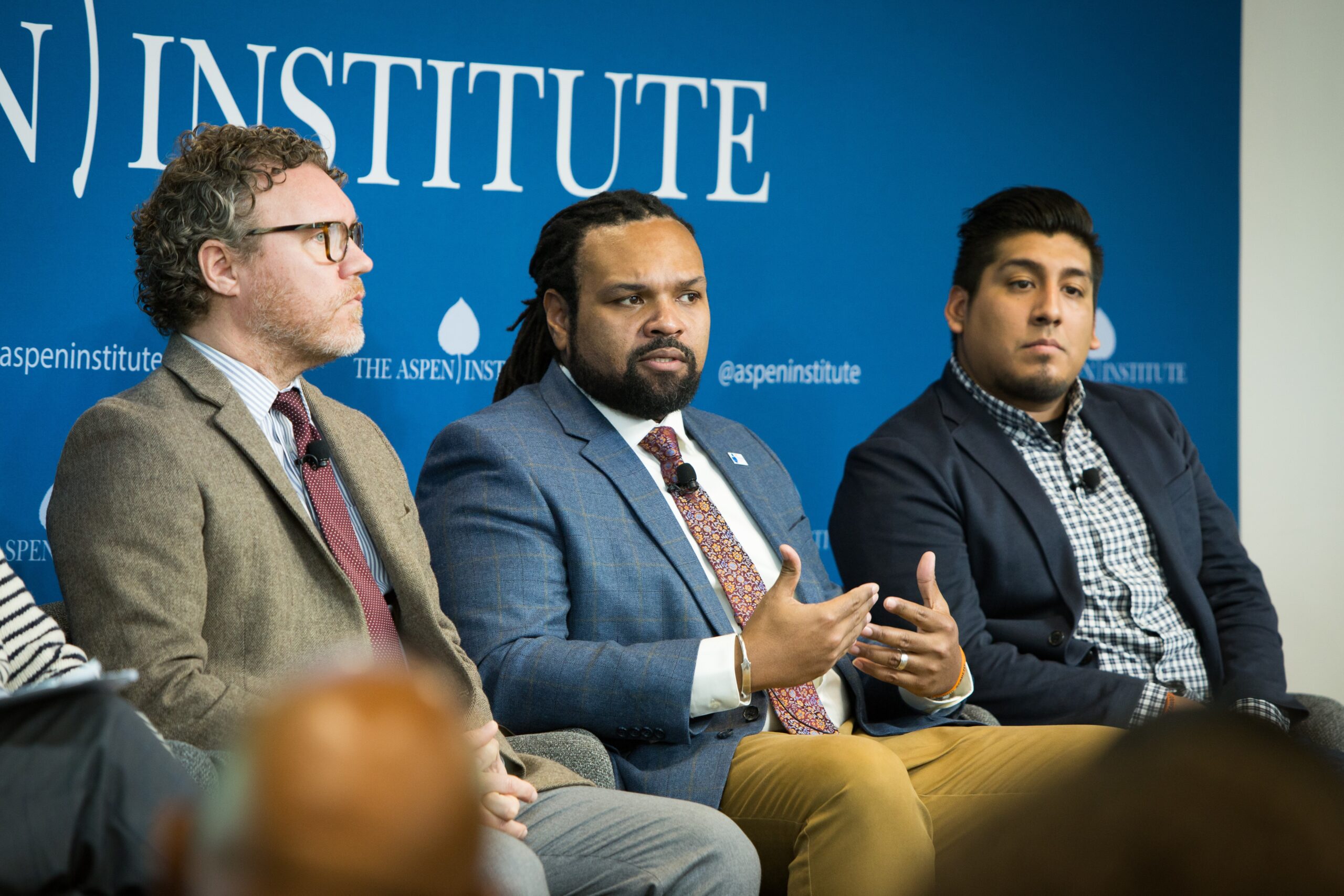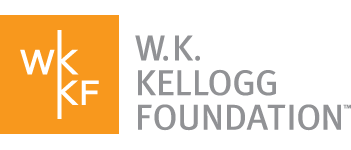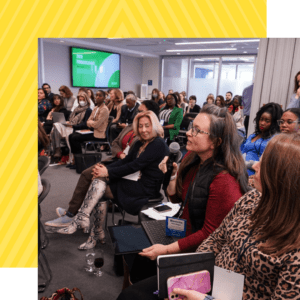
Return to The 2Gen Investment Case
Grantmaking Considerations
This section provides funders with a broad-based look at the various considerations when assessing how, when, and whom to fund. The following information is based largely on input from those currently funding 2Gen programs and their grantees.
GENERAL CONSIDERATIONS

1. ACKNOWLEDGE THE NEED FOR PLANNING TIME
Nonprofit organizations and public agencies implementing 2Gen approaches at the highest level must identify the family’s goals and track outcomes for the children and adults in the family at the same time.
Funders often underestimate the complexity of what’s needed to implement and evaluate a fully integrated 2Gen approach. For example, they minimize the complexity of measuring outcomes for 2Gen approaches. There is wide variation across 2Gen approaches; they are heterogeneous, and each initiative is unique. The primary target audiences of 2Gen approaches may differ, and therefore the services offered will vary. Services can be embedded in programs that serve either children or adults or both. This variation can impact pace and overall client outcomes. 2Gen approaches require intensity, intentionality, and quality, which take time.
There is a growing understanding that it takes time for 2Gen approaches to mature and produce outcomes. Some funders are beginning to understand that more time is needed because of all the different facets of 2Gen approaches and the iterative nature of the implementation process. Providers and funders are realizing that the timeframe for 2Gen approaches to mature and produce outcomes tends to be longer due to the involvement of multiple organizations, agencies, or systems that need aligning.

2. TAKE A LONG-TERM APPROACH AND MANAGE EXPECTATIONS
2Gen approaches aim to address intergenerational poverty. This is a long-term goal that will not be achieved overnight. According to a funder, it takes a few years to put everything in place and see the results. Funders must recognize that organizational capacity must be built before benefits to families can be measured.
We know that long-term commitment is really important for sustainability and for impact. What we’re learning through our grantmaking in 2Gen whole-family approaches is that it takes a long time for an agency to move from a siloed approach to a 2Gen approach.”
Daniel DuHamel, Margaret A. Cargill Philanthropies

3. USE THE FUNDER PLATFORM FOR COMMUNICATIONS AND ADVOCACY
Increasing awareness and advocacy about 2Gen approaches and the work of their grantees is an important role funders can play. Since government grants generally do not pay for communications, funders can step in to tell the story of the important work their grantees are performing, including bringing government officials to 2Gen organizations, generating media interest in program and family outcomes, and discussing 2Gen approaches with other funders.

4. USE CONVENING POWER
Convenings have been identified by both funders and grantees as an important and productive approach that connects grantees with new and sometimes unusual partners. Funders have the power to engage a variety of partners and encourage new partnerships.

5. SUPPORT TECHNICAL ASSISTANCE
Technical assistance (TA) has long been a standard, overarching strategy for assisting 2Gen pilots and initiatives. Technical assistance is the process of providing targeted support to an organization with a development need or problem. It is an effective method for building the capacity of an organization. It involves transferring knowledge or building skills and can include hands-on support, training, peer-to-peer learning, coaching, facilitation, webinars, and resources such as toolkits and briefs. Investment is needed to ensure technical assistance is tailored to recipients’ needs and contexts, is co-designed with recipients, and provides concrete and actionable steps.

6. SERVE AS THE GLUE CONNECTING DIFFERENT ENTITIES
Funders are in an ideal position to deploy philanthropic dollars to connect various stakeholders engaged in 2Gen approaches. Aligning organizations or agencies that have different missions and goals is no easy feat and often requires staffing or structures to facilitate coordination. Philanthropic dollars can support a 2Gen coordinator or resources to support 2Gen group convenings.

7. BALANCE TRUST-BASED PHILANTHROPY WITH TRACKING OUTCOMES
Many funders struggle to find the right balance between using a trust-based approach with grantees and tracking outcomes. It is a difficult dilemma, as summarized by one funder: “I don’t know the answer. I’m struggling. I am not all in with just giving the money, not asking any questions, and assuming all will be great.”
Some acknowledge that their current tracking and reporting procedures are onerous. Others rely exclusively on trust-based philanthropy, acknowledging that grantees know their communities and how to best serve them and that the rigors of conventional tracking and reporting are unnecessary. Some funders are taking a middle-of-the-road approach in which they ask their grantees to tell them what they want to measure, rather than dictating what needs to be measured.

8. MAKE GRANTMAKING MORE FLEXIBLE
Many public and private funders are working to make their grantmaking process more flexible. The Colorado Department of Human Services (CO DHS) provides an example of how the process can be simplified, more user-friendly, and more accessible to grassroots organizations. Among the changes it made:
- Analyzing funding recipients by redesigning the RFP template to track whom DHS are funding.
- Aligning budget years with state and federal fiscal years, which greatly simplified processes, especially when blending funding sources.
- Offering a variety of ways to submit reports (including video submissions or site visits) and allowing reports to be submitted in Spanish.
- Providing technical assistance by offering a training video on its website and hiring someone whose sole responsibility is technical assistance.
Additional considerations for programmatic and policy and systems change funding, and funders new to 2Gen approaches, can be found in the full report.
FUNDING APPROACHES
There are many ways to fund 2Gen approaches. As a result, funders can choose one strategy or mix and match based on the availability of funds and their funding objectives.
The most commonly used funding approaches include:
- Funding pilots: Public and private funders can launch pilot programs to test 2Gen-specific innovations and assess their outcomes. Since pilots can be an important barometer to quickly learn what works, funders can support efforts to launch, evaluate, and scale pilot projects.
- Funding individual nonprofit organizations: Funders can support nonprofits to serve families holistically with coordinated services that work to increase their well-being.
- Funding policy/advocacy: Funders can support efforts to influence policy and advance systems change.
- Scaling a specific platform: Funders can zero in on a specific platform with a goal to scale 2Gen approaches at the community and national level. Examples of platforms include workforce development organizations, early education organizations, or specific organization types, such as United Way agencies or Community Action agencies.
- Supporting cohort models: Funders can support a group of organizations that are all focused on advancing 2Gen approaches. The cohorts could be based on geography, a specific platform, or a mix of organizations.
- Funding a mix of approaches: Funders do not need to be constrained by one funding approach if they feel their funding can be maximized by contributing to more than one initiative.
- Taking the portfolio approach: Some funders choose to adopt a 2Gen approach for their entire grantmaking portfolio. For example, The United Way of Greater Cincinnati recognized the importance of this approach and restructured its work to focus solely on supporting 2Gen approaches.
CLOSE UP
WOMEN’S FUNDING NETWORK, W.K. KELLOGG FOUNDATION

Whole Family Approaches to Economic Mobility: A Funder’s Guide to Supporting Multigenerational Policy and Practice
Funders considering making 2Gen investments are encouraged to review a toolkit developed specifically for grantmakers: Whole Family Approaches to Economic Mobility: A Funder’s Guide to Supporting Multigenerational Policy and Practice by the Women’s Funding Network (WFN).
This toolkit was made possible through a partnership between WFN and Ascend at the Aspen Institute with funding from the W.K. Kellogg Foundation. The toolkit provides a guide based on the experiences and research of women’s funds and philanthropy from across the country that are investing in families and communities with a whole-family focus. It offers tools and resources to address community needs through multigenerational family programming and policies.

6. AREAS OF FUTURE FOCUS
2Gen approaches have grown, gaining traction in every state in the country and internationally, but there is still much to learn and much to be done to continue to scale the approach and help advance family prosperity. Below are five topics identified by funders for future exploration.
